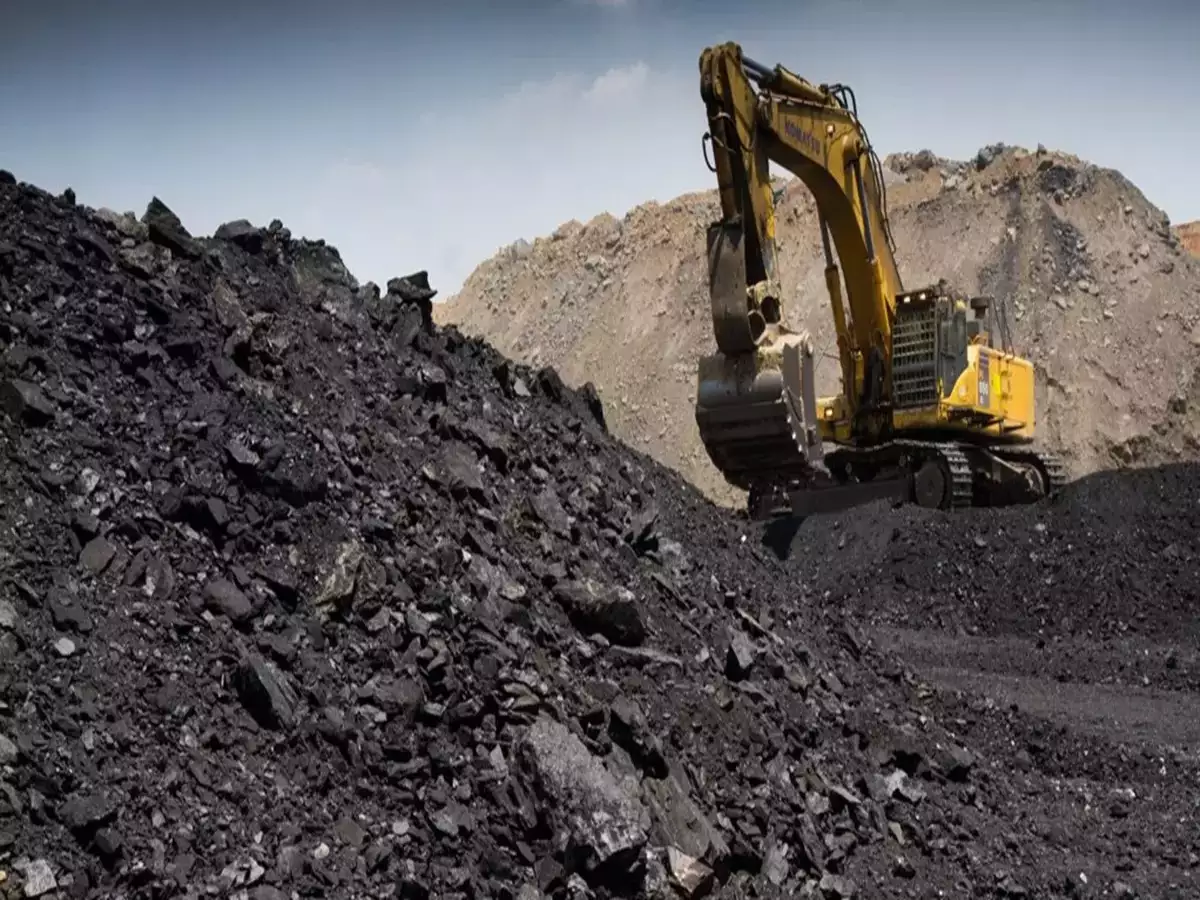India–US Trade Tensions Rise Over Steel and Auto Tariffs NMDC Limited reports a 38% drop in Q4 FY24 consolidated net profit RINL to Raise $23 Million Through Land Sales Amid Crisis

State-owned coal mining corporations in India seek to invest approximately ₹20,000 crore in renewable energy generation projects across states over the next four years.
The three state-owned coal companies, Coal India (CIL), Singareni Collieries (SCCL), and Neyveli Lignite (NLC), have finalised their Net Zero Plus plans. This plan requires that the installed capacity of their renewable energy projects exceed the amount of thermal power needed for operations. While NLC has already achieved Net Zero with 1,600 MW of installed capacity, SCCL will likely do so next year.
Coal India will still take three years to achieve the status. Asked what kind of investment is envisaged in setting up this renewable energy capacity, Meena said the cost estimate stands at around ₹5 crore per MW.
"So, in order to reach 6,000 Mw by 2028, of which 2,000 MW is already done, we will invest around ₹20,000 crore to set up the additional capacity. This money will come from the internal accruals of the coal companies," he said. Overall, the three companies are likely to have 14 GW of total installed renewable energy generation capacity by 2030.
Meena also said that the ministry is well prepared to ensure the availability of coal to meet the record-high power demand in the ongoing summer season. Coal stocks at thermal power plants currently stand at 45 MT, as against 35 MT on 1 June last year. Similarly, the pithead coal stock at CIL, which was around 61 MT last year, stood at 83 MT on 1 June.
"Compared to last year, rake deployment is also 9% higher. Power generation is growing at around 8% and coal production is also up by 8%. So, we are actually transporting coal as per the increased demand from the power sector. There is no major depletion in coal stocks during the high demand period of April, May and June. Because of the enhanced evacuation capacity, during the monsoon too, we are likely to have less depletion," he said.
The chief reasons for the improved situation on the coal supply front this year include high production, additional evacuation capacity, infrastructure augmentation through the completion of the Eastern DFC and tripling and quadrupling of some of the congested rail lines, and operationalisation of two additional ports for coal transportation, including Dhamra and Gangawaram.
India produced 997 MT of coal last financial year against a target of 1,012 MT. In the current fiscal year (2024-25), the target for coal production has been set at 1,080 MT, and the ministry is hopeful of achieving it. The country's coal production has grown at an average rate of 8.27% in the current financial year so far, as against projected growth of 7.8% for the full year.
Also Read : Goa gears up for 'invest Goa 2024' summit to boost state investments MoRTH to finish road construction with run rate of 35 km per day